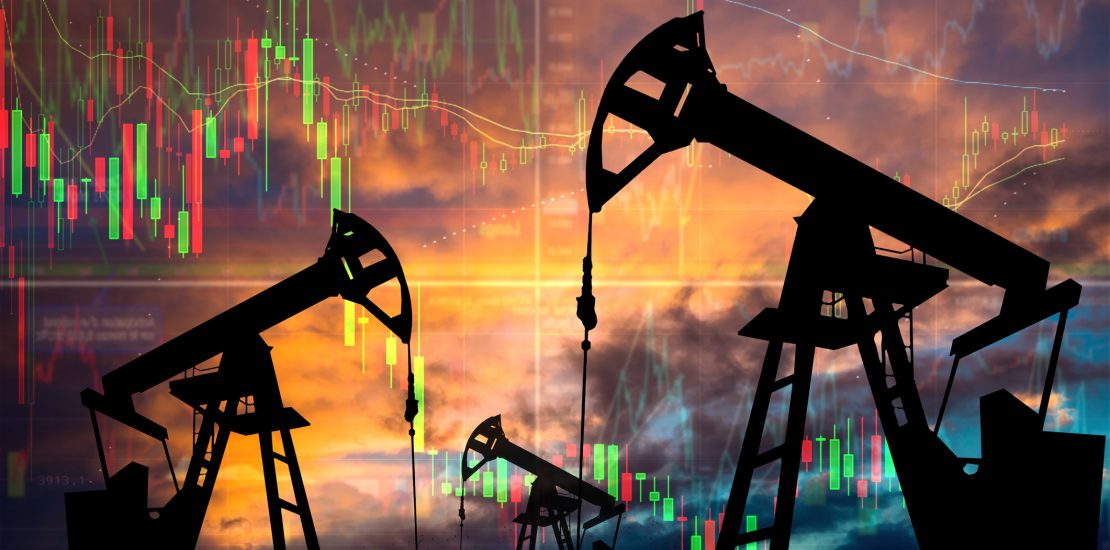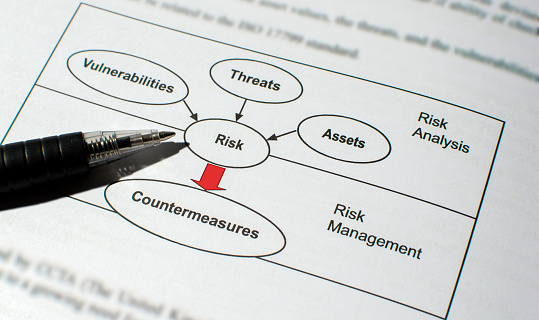Importance of Risk Assessment in The Oil & Gas Industry
- August 15, 2022
- Posted by: Velosi Author
- Categories: Audits & Assessments Solutions, Insights

Importance of Risk Assessment in The Oil & Gas Industry
Risk Assessment consistently focuses on identifying and managing hazards associated with equipment, machines, and operating environments in a facility. The risk assessment procedure will quantitatively and qualitatively evaluate various sources of hazards. In contrast, the evaluation conducted will safeguard employees, public health, and the environment. Overall, risk assessment contributes to identifying potential hazards that can harm every aspect of the environment.
Risk Assessment can identify and analyze the consequences of potential hazards. Most importantly, it will constitute three steps:
-
Hazard Identification
Firstly, this step will identify internal and external hazards and risk factors. After that, it will point out risk factors that have the potential to cause harm.
-
Risk Analysis
Secondly, this step will examine and evaluate the risk associated with specific hazards.
-
Risk Control
Above all, this final step will direct proper ways to eliminate any hazard. It will play an essential role in controlling the risk when the hazard does not have the potential to be removed entirely.
For instance, let’s look at history. In 1973, the International Energy Agency was established to ensure the availability and security of energy. In the oil and gas industry, a wide range of risks remain. These risks can include natural disasters and geopolitical tensions.
There will be numerous types of hazards in the oil and gas industry. These hazards will consistently follow massive equipment, products, and materials used and exposed.

Following are the most common occupational hazards workers are exposed to:
Accidents
As said, relatively about 4 out of 10 workers pass away during their job due to highway vehicle accidents.
Caught in / Struck By
Approximately 3 in 5 fatalities on-site have the potential to take place due to accidents. The accidents can be due to moving or falling equipment, vehicles, high-pressure lines, and other factors.
Fire or Explosion
Several types of equipment can release flammables, such as the well gas, vapors, or hydrogen sulfide during production. This type of situation can cause explosions. It is crucial to systematically implement measures that prevent ignition (static, electrical energy sources, open flames, lightning, cigarettes, cutting and welding tools, hot surfaces, frictional heat, and other sources.)
Fall Incidents
All work on elevated places should apply industry regulations since field workers are frequently exposed to platforms and equipment high above the ground.
Confined Spaces
Several confined spaces with chemical products include:
- Oil tank storage rooms
- Mud pits
- Reserve pits
- Other excavated areas where workers will typically perform their duties
In addition, to exposure to health hazards, workers are also subjected to harmful chemicals. With proper risk assessment, oil and gas firms can mitigate most of their top risks by anticipating threats and taking appropriate action before they occur. To implement risk mitigation processes and operations, it is often necessary to set aside resources for risk management.
Most importantly, all risk assessments should be conducted by an assessor with experience in the field. They need to be aware of what hazards are present and how to manage them. In addition to their competence in risk assessment, they must be able to identify high risks and determine which suitable action is necessary to reduce them.
The five types of risk assessment and when they might be useful are described below.
-
Qualitative Risk Assessment
At the workplace, we primarily focus on conducting Qualitative Risk Assessments. Any health and safety risk assessment will likely begin with a qualitative assessment. An assessor will categorize risks into high, medium, or low levels. Most importantly, this assessment will focus on the internal risk factors. For example, assessing the risk associated with getting injured. The high-risk level will be of utmost priority. However, we can study low-risk values later.
-
Quantitative Risk Assessment
We all have grown up using the term quantity with numbers. To study the quantity of any element, we mainly use numbers. Quantitative Risk Assessment sets a scale of 3,2,1 to measure risk replacing high, medium, and low levels. Specifically, this type of assessment is used for significant hazards, like complex chemical or nuclear plants, machinery, and modeling techniques.
Above all, Quantitative Risk Assessment will utilize essential tools and techniques for hazard identification and estimate the consequences of hazards.
-
Generic Risk Assessment
Did you know anyone can face several risk factors at their workplace? Executing various activities can initiate potential risk hazards. The assessor shall consider these hazards for the task or activities in a single assessment. Simply put, this assessment is carried out to eliminate the corresponding effort and paperwork, keeping in mind environment plays an essential role in affecting risk levels.
-
Site-Specific Risk Assessment
A Site-Specific Risk Assessment significantly focuses on three main aspects: site location, environment, and working people. Moreover, the assessment concludes with a particular work element, following a qualitative or quantitative approach while starting the review with a Generic Risk Assessment Template.
For instance, imagine a common risk assessment for drilling or using other heavy machinery. Laying out several risk hazards like the entanglement of wires with other machinery equipment, having contact with dangerous tools, and noise pollution. This specific assessment will also encounter unusual hazards associated with the location and time-based factors.
-
Dynamic Risk Assessment
Do you encounter unexpected situations associated with several risk hazards? Workers who deal with changing situations often use Dynamic Risk Assessment. Assessors recognize and potentially deal with threats on time.
Dynamic Risk Assessment involves sudden changes in tasks and environments; health workers and emergency services mostly use it. They manage to change circumstances through risk assessment accordingly.
Velosi will efficiently address human factors concerning health and safety. It aims to optimize human performance and reduce human error. We also assist our clients in implementing a proportionate approach to human factors in risk assessment based on their hazard and risk profile.
In conclusion, Oil, and gas (O&G) sector is expected to remain a significant part of the global energy demand for the next decades. In 2019, O&G globally accounted for more than half (57.3%) of energy sources. Massive industries such as transportation and manufacturing depend directly on oil and gas products.
Please contact us for more information and assistance.



